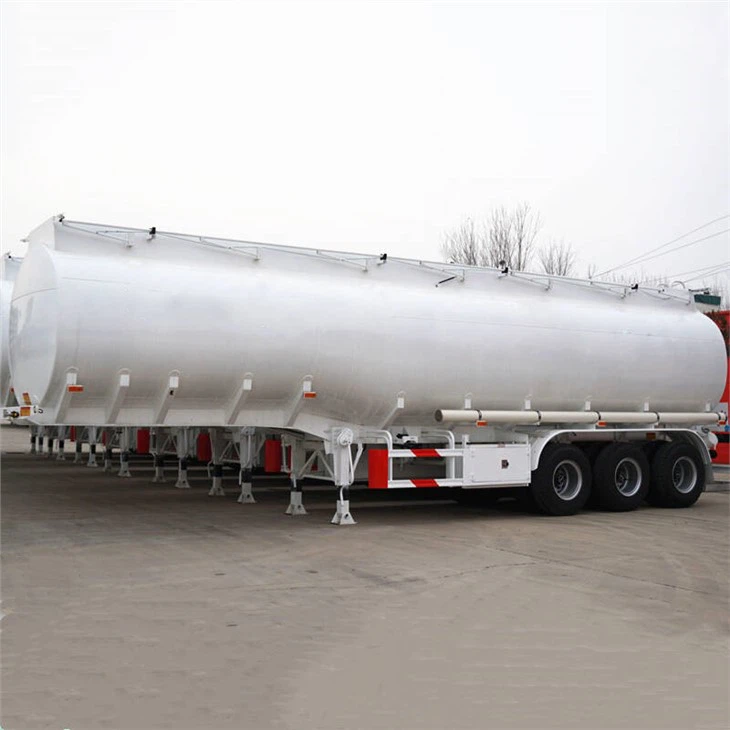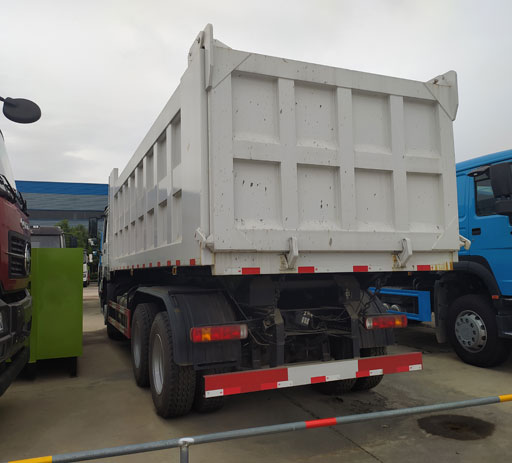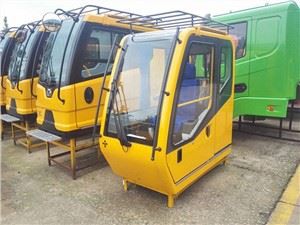Understanding Fire Truck Measurements: A Comprehensive Guide

Fire trucks are critical for firefighting operations, rescue missions, and emergency services. Their effectiveness largely depends on their design and measurements. In this article, we’ll explore the various fire truck measurements, including lengths, widths, heights, and capacities. We aim to offer insights into how these measurements affect truck functionality and design.
What are Fire Truck Measurements?
Fire truck measurements refer to the physical dimensions and capacities of fire trucks, which include their length, width, height, and weight. These measurements are vital for various reasons, including compliance with road regulations, maneuverability in urban areas, and suitability for different types of firefighting operations. Understanding these measurements helps fire departments select the right vehicles for their needs.
Importance of Fire Truck Measurements
Effective firefighting requires the appropriate tools and vehicles. The measurements of a fire truck influence its capability to respond in emergencies:
- Maneuverability: Smaller trucks can navigate narrow roads, while larger trucks may be necessary for heavy-duty tasks.
- Load Capacity: Understanding weight limits ensures safe transport of firefighting equipment.
- Compatibility with Infrastructure: Fire trucks must fit within fire stations, access points, and roads.
Key Measurements of Fire Trucks
1. Length
The length of fire trucks varies widely depending on the type. Below are some general guidelines:
| Type of Fire Truck | Typical Length (feet) |
|---|---|
| Mini Fire Truck | 15 – 20 |
| Type 1 Engine | 25 – 35 |
| Type 3 Engine | 20 – 30 |
| Aerial Ladder Truck | 35 – 50 |
How Length Affects Firefighting Operations
The length of a fire truck can impact its ability to access certain areas, especially in densely populated urban environments where roads might be narrow. Longer trucks may have limited maneuverability in tight spaces.
2. Width
Width is another critical measurement. Fire trucks can range from:
| Type of Fire Truck | Typical Width (inches) |
|---|---|
| Mini Fire Truck | 70 – 80 |
| Type 1 Engine | 90 – 100 |
| Aerial Ladder Truck | 100 – 110 |
Importance of Width for Accessibility
A wider fire truck can hold more equipment, but it may struggle in areas with restricted space. The design must balance load capacity and maneuverability.
3. Height
The height of fire trucks also varies. Common measurements include:
| Type of Fire Truck | Typical Height (feet) |
|---|---|
| Mini Fire Truck | 8 – 10 |
| Type 1 Engine | 10 – 12 |
| Aerial Ladder Truck | 10 – 14 |
Height Considerations for Fire Stations
The height of a fire truck needs to be considered for fitting into fire stations, as well as ensuring it can pass under bridges and other structures.
4. Weight
Fire trucks are heavy vehicles, with weights typically ranging from:
| Type of Fire Truck | Typical Weight (pounds) |
|---|---|
| Mini Fire Truck | 10,000 – 15,000 |
| Type 1 Engine | 25,000 – 40,000 |
| Aerial Ladder Truck | 40,000 – 70,000 |
The Role of Weight in Vehicle Operations
Weight plays a crucial role in determining a fire truck’s performance, stability, and fuel efficiency. Higher weight often means more water or equipment can be transported but may affect the vehicle’s handling.
Types of Fire Trucks and Their Measurements
1. Type 1 Fire Engines

Type 1 fire engines are commonly found in urban environments. Their measurements can range widely based on department specifications, but they often feature:
- Length: 24 – 35 feet
- Width: 8 – 10 feet
- Height: 10 – 12 feet
- Weight: 25,000 – 40,000 pounds
2. Type 3 Fire Engines
Smaller and more maneuverable, Type 3 engines are designed for rural firefighting and have measurements such as:

- Length: 20 – 30 feet
- Width: 7 – 9 feet
- Height: 9 – 11 feet
- Weight: 10,000 – 20,000 pounds
3. Aerial Ladder Trucks
These trucks feature a ladder or platform mounted on the vehicle for high-rise rescue operations:
- Length: 35 – 55 feet
- Width: 8 – 10 feet
- Height: 10 – 15 feet
- Weight: 40,000 – 70,000 pounds
4. Brush Trucks
Brush trucks are primarily used for wildland firefighting, with different measurements:
- Length: 15 – 25 feet
- Width: 6 – 8 feet
- Height: 6 – 8 feet
- Weight: 10,000 – 20,000 pounds
5. Tankers
Tankers are designed for transporting large volumes of water:
- Length: 25 – 40 feet
- Width: 8 – 10 feet
- Height: 10 – 12 feet
- Weight: 25,000 – 40,000 pounds
Factors Affecting Fire Truck Measurements
1. Design and Configuration
The design of a fire truck, including the arrangement of equipment and compartments, significantly impacts its overall dimensions. Customizations based on departmental needs will vastly influence these measurements.
2. Type of Equipment and Features
Fire trucks equipped with additional features, such as aerial ladders or specialized firefighting tools, will often be larger and heavier than basic models. Those features add to the truck’s footprint.
3. Regulatory Compliance
Fire trucks must comply with local and federal regulations, which may dictate their maximum dimensions. This can affect their design, especially in densely populated urban areas.
4. Terrain and Environment

Fire departments serving rural or mountainous areas might favor smaller, more agile units that can navigate challenging terrain effectively, whereas urban departments may prioritize larger trucks capable of carrying extensive equipment.
Practical Tips for Fire Departments
Selecting the Right Fire Truck
When choosing a fire truck, consider the following:
- Purpose: Determine the primary types of incidents your department responds to.
- Road Conditions: Analyze the types of roads and access points in your area.
- Compartmentalization: Ensure sufficient space for all required equipment.
- Future Needs: Consider potential growth in calls or missions over the coming years.
Maintaining Adequate Space
Ensure fire station bays are designed with the largest truck in mind, allowing for clearance on both sides and overhead. This avoids costly refitting in the future.
Collaborating with Manufacturers
Work closely with fire truck manufacturers to understand customization options. Discuss how design choices could impact performance and ensure the end product meets your department’s operational needs.
Frequently Asked Questions (FAQ)
1. What is the average size of a fire truck?
The average size of a fire truck varies greatly based on its type but generally ranges from 20 to 40 feet in length.
2. How much does a typical fire truck weigh?
Most fire trucks weigh between 10,000 to 70,000 pounds, depending on their type and equipment load.
3. What is the height requirement for fire trucks in stations?
Fire stations should accommodate truck heights ranging from 10 to 15 feet, depending on the type of truck used.
4. How narrow can roads be for fire truck access?
Many fire departments require at least 20 feet of width for fire trucks to pass safely, but this may vary by truck type.
5. How do fire truck measurements affect response time?
Inadequate measurements can slow response times due to navigation issues in tight spaces, so selecting the right measurements is crucial for efficiency.
6. Are there regulations governing fire truck sizes?
Yes, fire truck sizes are often governed by local and federal regulations that ensure safety and accessibility.
